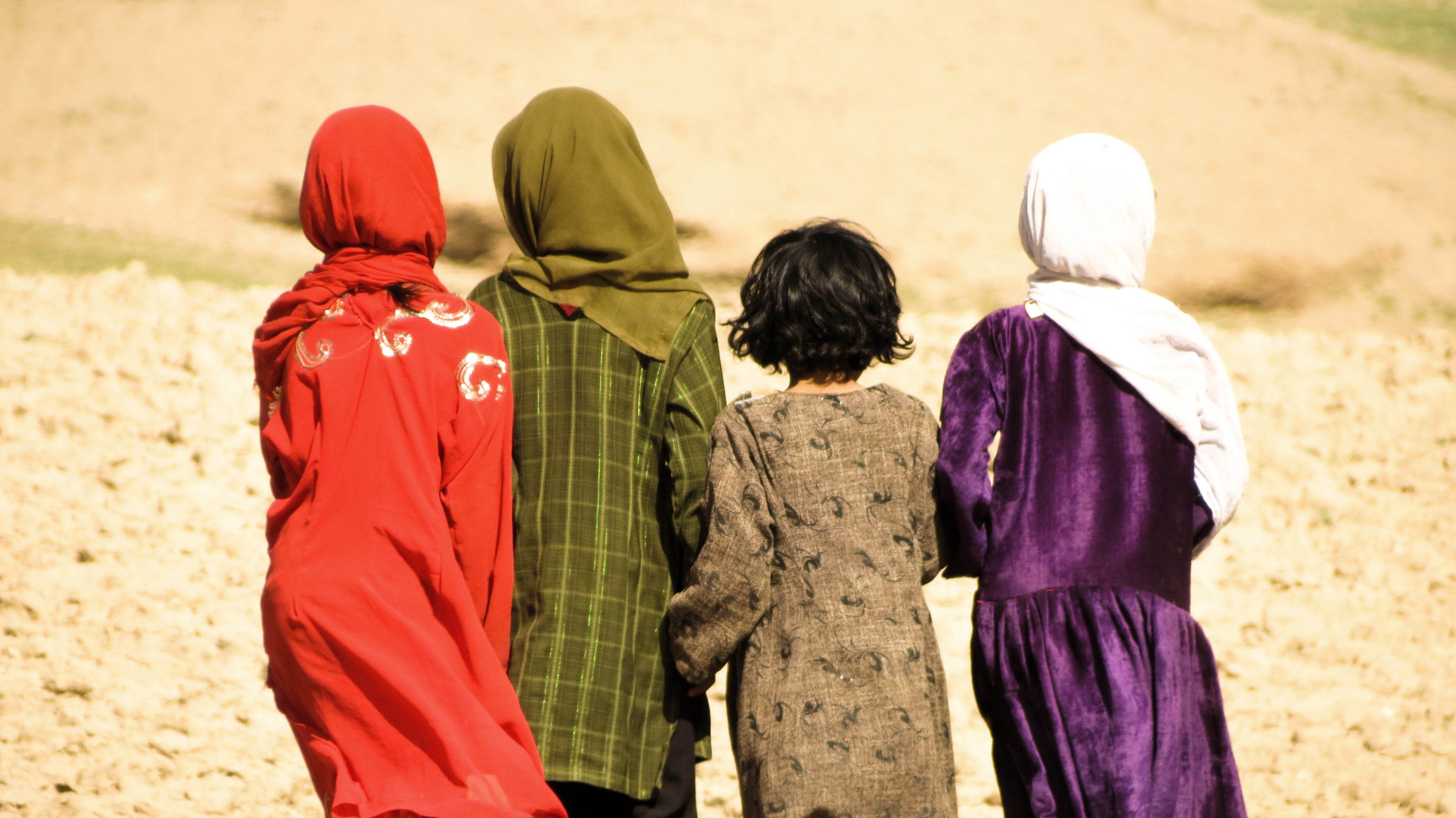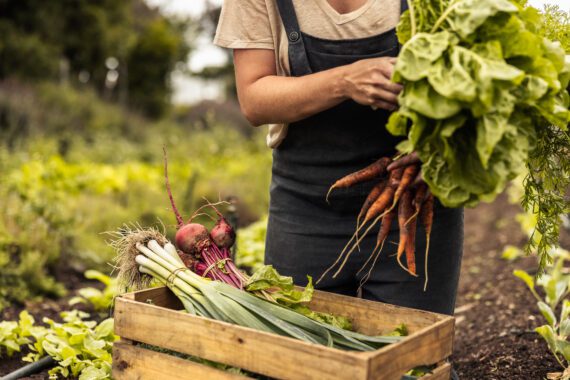By Ryan Quinn
Bread for the World’s mission to end global hunger is guided by two pathways.
One is advocating for long-term efforts to improve agriculture, food security, and nutrition in lower-income countries. The other is ensuring that emergency food and nutrition assistance is available to families when they are faced with disaster, conflict, or other “shocks” that hinder or prevent them from feeding themselves.
The world is once again confronting simultaneous hunger crises. Most urgently, 570,000 people are facing famine across Ethiopia, Nigeria, South Sudan, and Yemen. All told, 43 million additional people in 38 countries are at risk of falling into famine if they don’t receive lifesaving emergency food assistance.
Humanitarian officials are also particularly concerned about the hunger crisis in Afghanistan. The Afghan people are trying to cope with dual crises of economic collapse and the worst drought the country has seen in decades, which has caused much of the harvest to fail.
The financial constraints imposed because of the Taliban’s takeover of the country have plummeted the value of the nation’s currency. As winter sets in, food prices have risen sharply and most of the population has fallen into poverty. The Afghan people desperately need food and nutrition assistance, as well as economic support, to survive the winter.
As Bread’s global nutrition advocacy efforts emphasize, the people most at risk from severe malnutrition are young children. Of all preventable deaths among children younger than 5, nearly half are caused by malnutrition. Despite progress in recent decades, the world still mourns the deaths of between 2 million and 3 million children every year from malnutrition.
Conflict and climate change contribute most to increasing hunger around the world. The impacts of climate change that lead to hunger include, for example, weather-related extremes such as floods, locusts, drought, and cyclones.
Economic instability is another factor causing hunger—it generally means that food prices are high, while many households have low purchasing power. Their incomes are not enough to purchase basic necessities.
The most recent Global Humanitarian Overview projects that people facing severe hunger—people in need of emergency lifesaving humanitarian assistance—could increase by 17 percent in 2022. Bread for the World and partners are asking for $3.8 billion in emergency funding to provide nutritious food to people suffering from hunger and malnutrition in Afghanistan and other countries facing famine.
You can take action, too. Go here to write a letter to your members of Congress to ask for emergency funding for people facing extreme hunger today.
Ryan Quinn is deputy director of government relations with Bread for the World.



